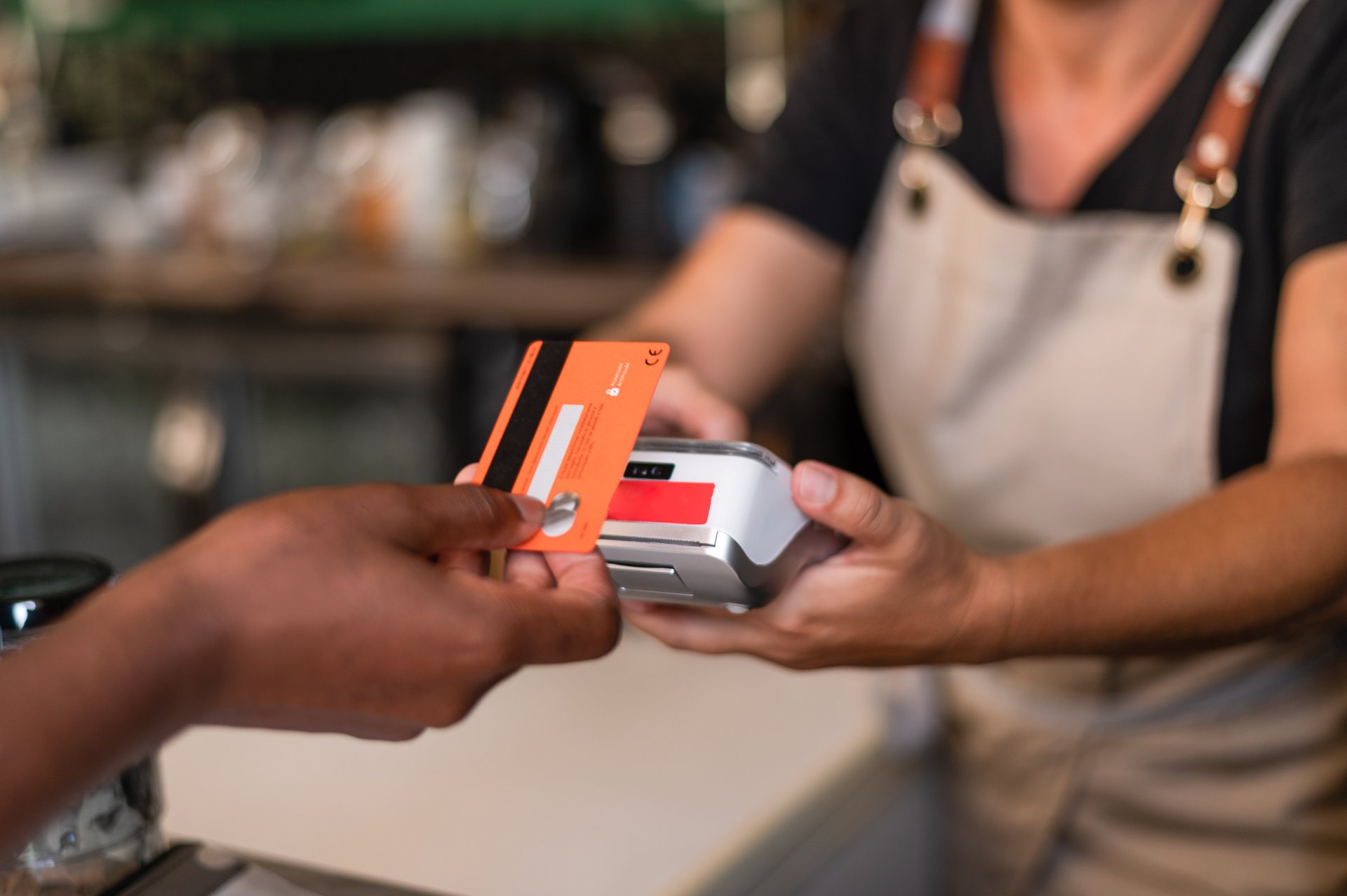Do you know your credit card APR? If not, you're not alone
Almost half of Americans surveyed didn't know that their APR has risen due to the Federal Reserve's interest rate hikes

Nearly half of Americans don’t know their current credit card APR, or annual percentage rate, according to a new LendingClub (LC) report released Tuesday.
Suggested Reading
At the same time, 49.5% of all Americans are unaware of the fact that their credit card APR surged more than 5 percentage points as the Federal Reserve increased its benchmark interest rates between March 2022 and July 2023, the financial services firm found.
Related Content
This lack of awareness around the costs associated with credit cards comes as average interest rates in the U.S. are currently sitting at a record 22.76% — a 500 basis-point increase in just two years, according to the latest Fed data.
“Unfortunately, many consumers are unaware of these rising costs, and credit card companies are happy to keep it that way,” said Mark Elliot, chief customer officer at LendingClub. “This lack of transparency makes it even more challenging for consumers to manage their finances and get out of debt.”
What is APR?
Simply put, a credit card’s APR is its cost of borrowing.
More technically, it’s the yearly interest rate you pay if you carry a balance on your card, on top of any other fees associated with the card. That means that the higher the APR on your card, the more expensive it will be to borrow — and, conversely, the lower it is, the cheaper.
How is it connected to interest rates?
Of the 53% of Americans who told LendingClub that they do know their APR, one-third of those respondents weren’t aware that the rate is directly tied to the prime rate.
Credit cards tend to have what’s known as a “variable APR,” meaning your rate can fluctuate over time. These APRs are linked with an underlying index, like the federal prime rate. If that rate increases, your card’s APR also increases.
The federal prime rate is currently 8.5%, where it’s sat for more than a year. In March 2020, the rate was set at 3.25%. This rate is the interest rate that banks use to set a minimum rate for lending, including credit cards and lines of credit, and varies based on the federal funds rate.
Meanwhile, the federal funds rate has been set between 5.25% and 5.5%, its highest level in 23 years, since July 2023, after the central bank embarked on a historic rate hiking campaign.
Other factors also go into determining the APR, including competitor rates, credit scores, income, savings, and other measures of creditworthiness.
Rising credit card debt
The average American has $6,329 in credit card debt, up from $5,947 a year earlier, a sign that people are using up their pandemic-era savings and ramping up credit card use.
Credit card balances are now at $1.14 trillion, according to the Federal Reserve Bank of New York’s latest Household Debt and Credit Report. That figure has grown $27 billion in the second quarter of this year.
Signs of a weakening consumer are already beginning to bubble to the surface. Bank of America (BAC) chief Brian Moynihan said in an interview with CBS Sunday that the consumer spending rate has halved from this time last year, sitting at about 3%.
“The consumer has slowed down. They have money in their accounts, but they’re depleting a little bit,” he said. “They’re employed, they’re earning money, but ... they’ve really slowed down.”
Higher-for-longer interest rates and persistent inflation have begun to weigh on consumer spending. In an attempt to ease the burden on Americans and pull off a “soft landing,” the Fed is largely expected to carry out its first interest rate cut in September.